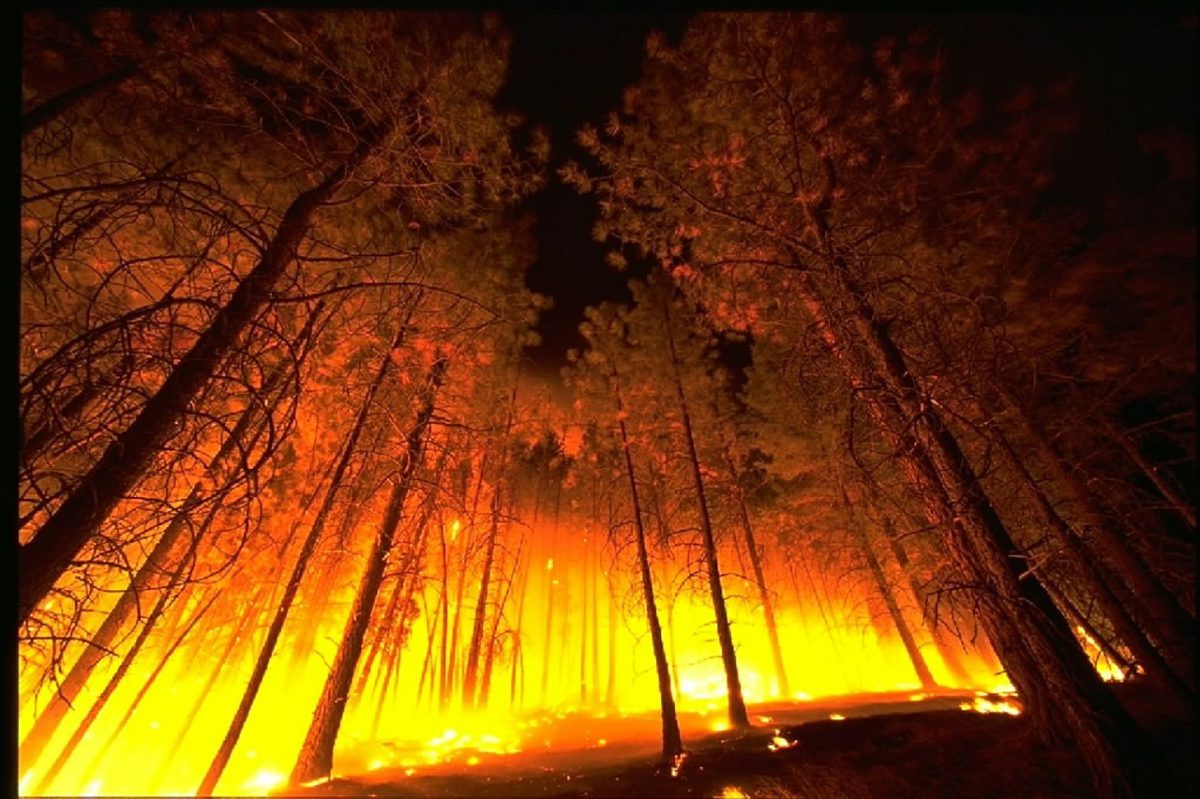IMPROVING WILDFIRE AND FLOOD RISK MITIGATION IN CANADA
Posted on January 29, 2018
by CatIQ Team

Posted on January 29, 2018
by CatIQ Team
Improving Wildfire and Flood Risk Mitigation in Canada
Author: Alan Frith, CPCU, ARe, CEEM
Canadians have suffered an increasing number of natural and man-made disasters that have devastated communities and cost insurers more than CAD 5 billion in 2016 alone. With decentralized regulation and prevention efforts, the growing financial fallout is only likely to worsen. CatIQ’s Canadian Catastrophe Conference, January 31 – February 3, 2018, will bring together industry, academia, and government to discuss Canada’s natural and man-made catastrophes. I will be sitting on a panel discussing the viability of the Alberta property insurance market in light of recent catastrophic events.
For insurers, an accurate and objective view of risk, reinforced by an up-to-date insight into the exposure, is crucial to maintaining financial stability. Managing catastrophe risk through historical losses alone is unreliable and volatile. Organizations must seek out the most comprehensive information available to understand how rapidly changing environmental characteristics alter their risk profiles.
Let’s examine two of the perils that have recently caused significant losses in Canada to understand how risk assessment tools can be used to quantify the impact of these kinds of events.
Wildfire
High-resolution satellite imagery enables us to develop an in-depth understanding of land use/land cover and is a critical piece of the risk mitigation framework. Using this imagery, risk modelers can construct an accurate map of potential fuel sources, a fundamental requirement for effectively modeling wildfire spread. Dense or dry vegetation, for instance, allows a fire to spread easily, while roads, rivers, or even mountains serve as natural firebreaks. Depending on the local distribution of fuel sources, the interaction between different types of fuels, and the gradual evolution of the surrounding landscape, your portfolio’s exposure may very well outpace your organization’s risk appetite over time.
It’s also important to monitor the effect of population movement. Rapid residential and commercial/industrial growth deeper into areas of combustible fuel, the Wildland Urban Interface (WUI), exposes properties to greater wildfire risk. For organizations underwriting property risk in Canada, one fire in recent memory certainly stands out from the rest, demonstrating well the dangers of increased development in the WUI.
In 2016, the Fort McMurray fire blazed through the surrounding areas of northeastern Alberta, causing unprecedented devastation and destroying up to 80% of homes in some neighborhoods. A hub of oil production in Canada, the town had experienced a 30% population boom between 2006 and 2011 as people moved to the area to take advantage of job opportunities at the many mines and oil sands refineries in the area. The increased presence of residential structures among dense forest helped the flames spread quickly and resulted in insured losses of nearly CAD 4 billion – making it the costliest natural disaster in Canadian history. Although the oil facilities and pipelines themselves avoided damage, oil companies suffered significant business interruption losses as firefighters struggled for months to contain and extinguish the fires.
Flood
Detailed satellite imagery, coupled with high-resolution elevation data in the form of digital terrain maps (DTMs), is also used to build floodplain maps, which play an important role in evaluating flood risk. Reliable model output for this peril is highly dependent on precise exposure locations, as small changes to a location’s elevation or proximity to floodplains can have a significant impact on potential losses. The development of risk mitigation strategies, such as strict building codes and zoning laws, can help prevent these losses, so long as these codes are followed and the laws are enforced. Government agencies must consider the effect that unchecked commercial development—and the associated infrastructure of roads, sidewalks, and parking lots—can have on the larger ecosystem, especially during a natural disaster. The consequences of unregulated urban sprawl were recently seen in Houston, Texas, during Hurricane Harvey: Severe flooding was caused in part by floodwater that had inadequate access to natural drainage, such as undeveloped prairie and marshland areas.
Although flood is by far the most frequent natural disaster in Canada, preventive efforts are largely decentralized. For residential structures, overland flood damage has only recently been included as a covered peril by private insurance. In many cases, it’s a common exclusion from homeowners’ policies, with catastrophic losses ultimately falling in taxpayers’ laps via government emergency funds. With multiple catastrophic flood events in the past seven years, each causing billions of dollars of losses, it’s imperative to mitigate risk through preventive measures. This includes building flood defense systems as well as encouraging homeowners in and around potential flood zones to purchase policies that protect them against flood loss.
What’s Next?
Governments, insurers, and homeowners need to work together to reduce losses caused by natural disasters. It’s encouraging to see mitigation efforts gaining momentum, but there is much more work to be done. While government can manage building codes and zoning laws, it’s also up to insurers to carefully evaluate their risk profiles and exposures to ensure that they continue to maintain adequate reserves in the event of a catastrophe.
A useful first step in risk assessment is a detailed hazard map. These maps indicate the associated risks for perils such as wildfire and inland flood for a range of return periods, such as 100, 250, and 500 years. The logical next step to advance your risk evaluation strategy is to use a probabilistic model. These models use advanced simulation methods to provide valuable metrics such as Average Annual Loss (AAL), Tail Value at Risk (TVaR) and a full Exceedance Probability (EP) Curve, from portfolio level down to individual exposures.
The Geospatial Analytics Module in AIR’s Touchstone® platform lets you seamlessly integrate exposure information with location-specific hazard maps, including wildfire fuel layers and flood inundation footprints for Canada. In addition, AIR offers probabilistic models for earthquake, crop hail, severe thunderstorm, winter storm, and tropical cyclone in Canada; models for wildfire and flood are being developed. As the insurance industry in Canada continues to cope with recent losses, the development of risk maps and probabilistic models as well as a deeper understanding of underlying hazards can help provide more effective risk management.
About AIR Worldwide
AIR Worldwide (AIR) provides risk modeling solutions that make individuals, businesses, and society more resilient to extreme events. In 1987, AIR Worldwide founded the catastrophe modeling industry and today models the risk from natural catastrophes, terrorism, pandemics, casualty catastrophes, and cyber attacks, globally. Insurance, reinsurance, financial, corporate, and government clients rely on AIR’s advanced science, software, and consulting services for catastrophe risk management, insurance-linked securities, site-specific engineering analyses, and agricultural risk management. AIR Worldwide, a Verisk (Nasdaq:VRSK) business, is headquartered in Boston with additional offices in North America, Europe, and Asia. For more information, please visit www.air-worldwide.com.

